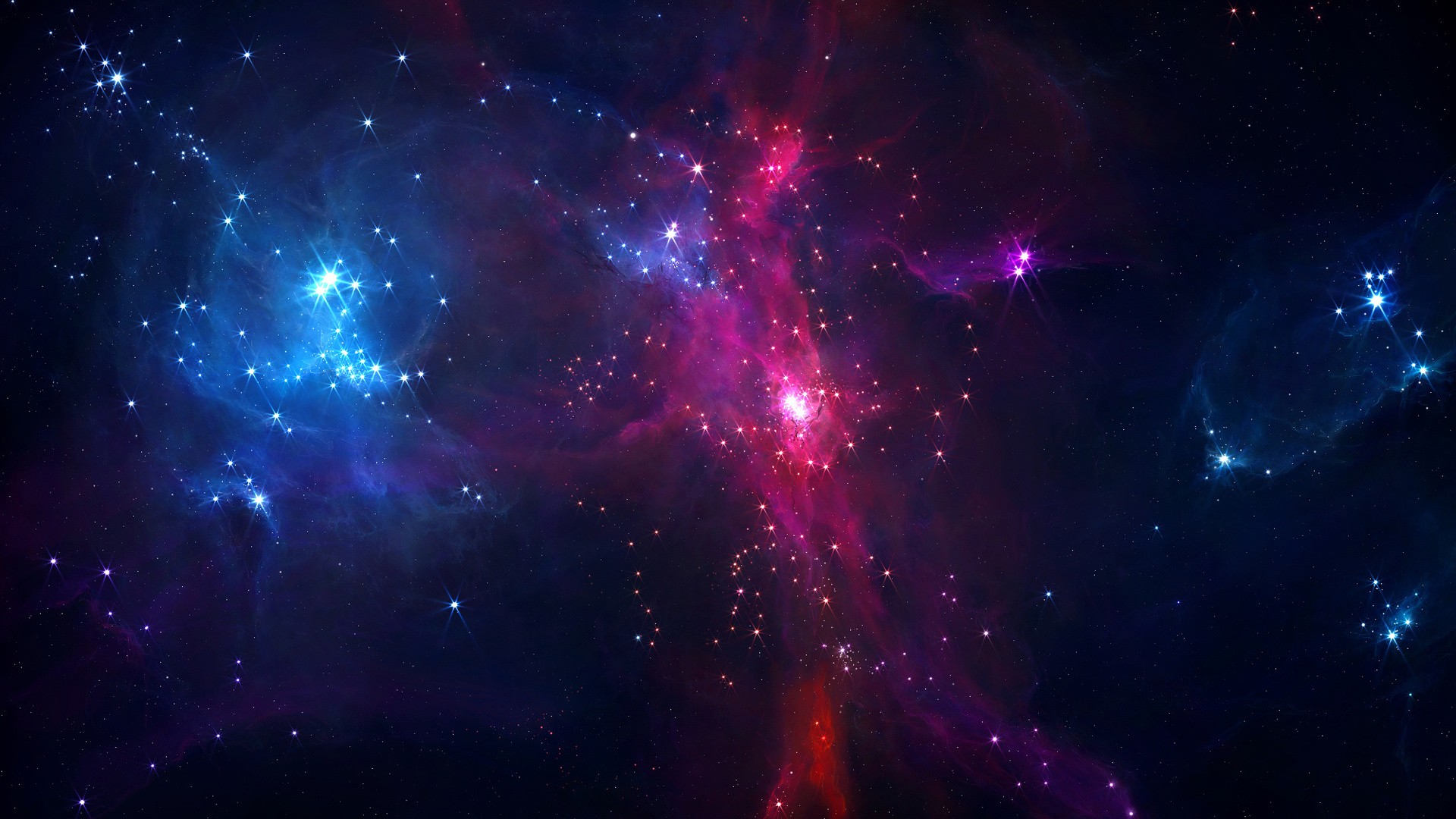A new research has suggested that Planets Similar to Earth Have Identical Interiors.

Researchers have found signs of two new exoplanets that are roughly twice the mass of Jupiter, orbiting a 1.6-billion-year-old evolved star called HD 47366, that lies 260 light-years from Earth.

A Japanese space telescope with X-ray vision sharpened by Canadian technology heads into orbit on Friday. Canadian scientists believe it will help them solve longstanding mysteries about black holes and supernovas.

Rumor has it that gravitational waves might be detected soon - a late triumph for Einstein

In this NASA/ESA Hubble Space Telescope cosmic snapshot, the spectacularly symmetrical wings of Hen 2-437 show up in a magnificent icy blue hue. Hen 2-437 is a planetary nebula, one of around 3000 such objects known to reside within the Milky Way.

From Lunar orbit, Earth is obviously habitable. But from a distant point in the galaxy, not so much.

Galaxy clusters are groupings of hundreds to thousands of galaxies bound together by gravity, and are the most massive structures found in the universe.
Black holes are not as black as we once thought. They are theorized to die a slow death by evaporation, emitting energy known as Hawking radiation. But the mechanism for evaporation is not well understood. Then again, no one has ever even directly detected a black hole.

This nanocrystallized glass effectively absorbs UV rays and can withstand radiation for long periods of time.

Astronomers have found the largest known solar system, linking together a star and what was thought to be a free-floating 'lonely planet' in orbit some 1 trillion (1 million million) kilometres away from its sun.

A Webster company could soon receive NASA's blessing to build an airlock for the International Space Station that would launch small satellites and test experiments outside the station, while potentially providing an avenue for retrieving and repairing broken equipment.

New Hubble telescope observations suggest that a high-velocity gas cloud was launched from the outer regions of our own galaxy around 70 million years ago. Now, the cloud is on a return collision course and is expected to plow into the Milky Way's disk in about 30 million years.

Curiosity is busy poking and prodding the Bagnold Dunes, learning some new tricks in the first-ever interplanetary fieldwork on a sand dune. And of course it looks absolutely stunning while doing it in this latest sand dune selfie.

Friday’s launch of the New Shepard rocket in West Texas renewed the tired debate about whether Blue Origin or SpaceX has achieved more in the reusable spaceflight game.